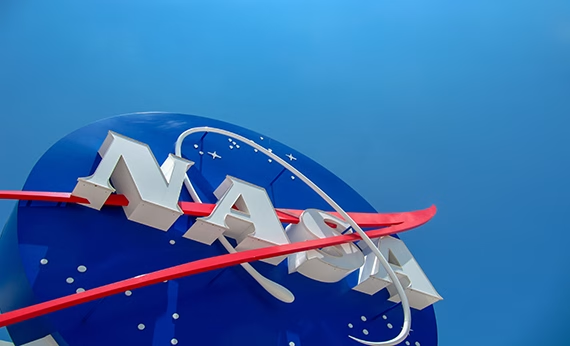Contact: Jack Bailey (304) 766-4109
INSTITUTE, W.Va. – Two West Virginia State University (WVSU) students will take part in the launch of a NASA suborbital rocket at the Wallops Flight Facility in Virginia on Friday, June 24.
WVSU students Peri Martin and Nicholas Freeman, under the supervision of WVSU Physics Professor Dr. Marek Krasnansky, designed experiments to be launched Friday as part of the RockSat-C program, which allows college students to build their own experimental payloads which are then launched on a NASA rocket. WVSU students spent one year working on their experiments and their work was supported by NASA WV Space Grant Consortium, Dr. Krasnansky said.
“It’s a life changing experience for students,” Dr. Krasnansky said. “It gives them self-confidence and a sense of an accomplishment. Not too many people can say that they built something that was launched to space. For many students, this work opened new opportunities, whether it was a job, graduate school or something else.”
About 60 student experiments in total from colleges across the U.S. will be carried by the NASA Terrier-Improved Orion suborbital sounding rocket around 5:30 a.m. EDT Friday.
The rocket will fly the experiments to nearly 73 miles in altitude. The experiments will land via a parachute in the Atlantic Ocean where they will be recovered by boat. After they are recovered, the experiments will be returned to the students so they can see how they performed.
Martin built a device to measure the rocket’s flight dynamics, acceleration and rotation rate, and parameters of the environment inside of the rocket, such as magnetic fields, temperature and pressure. Freeman’s experiment is to compare performance of four different Geiger-Muller tubes to measure radiation in outer space. Both students’ devices are controlled by a Teensy 4.1 microcontroller and the data is stored on a microSD card.
Students from West Virginia University, Blue Ridge Community and Technical College, and West Virginia Wesleyan College also get to participate in the West Virginia Collaboration group with WVSU. The group will characterize flight dynamics and observe solar activity in the infra-red, visible, and ultra-violet light, muon detection, and create and design an autonomous navigation assistant.
Live coverage of the mission will begin at 5:10 a.m. Friday on the .
Follow on Facebook, Instagram , and Twitter .
